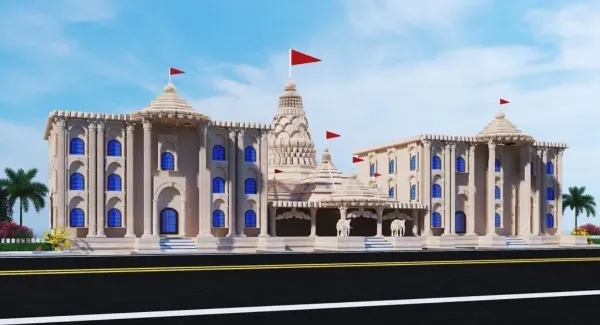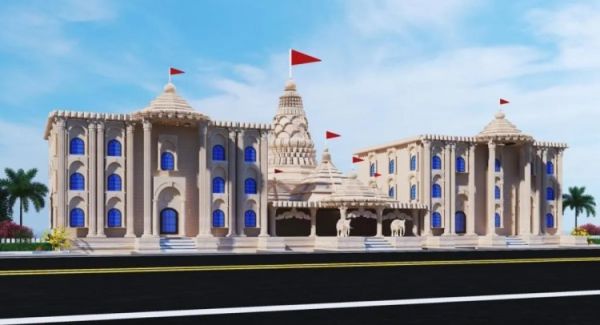
In Kashmiri Ganj, Khojwan, the 627-year-old Shri Ram Temple is about to be rebuilt as a magnificent new building. The temple has long served as a hub for Vedic and scriptural studies in addition to worshiping and meditating on Lord Shri Ram. It was initially constructed in 1398 by Jagadguru Anantanand Maharaj, the first student of Shrimad Jagadguru Ramanandacharya. The temple was repaired and continues to function as a center of spirituality in spite of difficulties throughout the Mughal Empire.

The temple will now be transformed into a G+4 building that is 50 x 165 square feet in size, under the direction of Shrimad Jagadguru Ramanandacharya Swami Dr. Ram Kamalacharya Vedanti Maharaj, the 23rd Peethadheeshwar of Divya Aradhana-Adhyayan Dham.
On April 3, Chief Minister Yogi Adityanath will lay the groundwork for this large-scale undertaking. In the past, the temple has served as a center for Sanskrit research. Interestingly, Shesh Sanatan Tripathi taught the renowned poet-saint Goswami Tulsidas here for six years.
Anantanand was a follower of Narharidas, his teacher. The temple has also been linked to several other Sanskrit intellectuals, such as Ramvilas Vedanti, Nritya Gopal Das Maharaj, and Ramchandra Paramhans.
A pillar of the Ramanandacharya lineage, Shri Ram Temple has welcomed spiritual greats including Mata Anandmayi, Baba Keenaram, Raidas, and Kabir. The shrine was a haven for revolutionaries during India’s fight for independence.
Notably, liberation warrior Chandrashekhar Azad took refuge inside its hallowed grounds, and Subhash Chandra Bose spent 15 days there. The temple’s impending renovation will usher in a new era in its illustrious history, adding to its rich cultural heritage and historical importance.